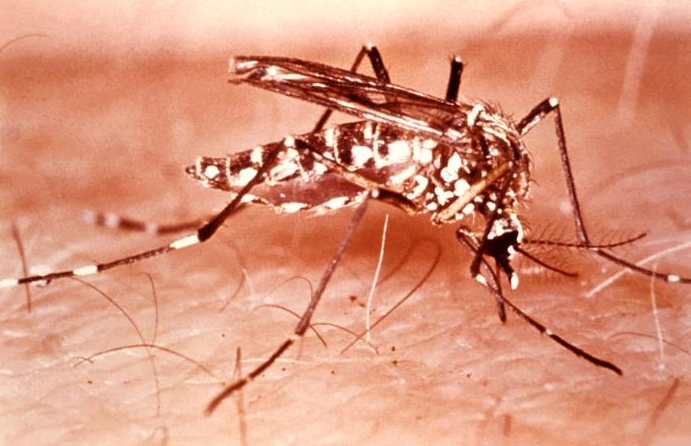In 2017, Sri Lanka saw a record number of dengue fever cases with a total of 184,442, a total more than three times higher than 2016. More than 320 deaths were also reported.
The dengue peak was observed during the summer months with more than 41,000 cases reported during July alone.

Colombo RDHS and Gampaha RDHS saw the most cases with 34,173 and 31,459, respectively.
To put the 2017 epidemic in perspective, there were 55,000 cases reported in 2016 and about 30,000 cases seen in 2015.
While dengue was reported from all over the island, approximately 41.53 per cent of Dengue cases were reported from the Western province. All four serotypes of Dengue have been seen in Sri Lanka. The current outbreak is predominantly due to Dengue Fever Virus Type 2 (DEN-2), which is not the usual type circulating in Sri Lanka.
Dengue is a viral infection transmitted by the bite of an infected mosquito. There are four closely related but antigenically different serotypes of the virus that can cause dengue (DEN1, DEN 2, DEN 3, DEN 4).
- Dengue Fever (DF) – marked by an onset of sudden high fever, severe headache, pain behind the eyes, and pain in muscles and joints. Some may also have a rash and varying degree of bleeding from various parts of the body (including nose, mouth and gums or skin bruising).Dengue has a wide spectrum of infection outcome (asymptomatic to symptomatic). Symptomatic illness can vary from dengue fever (DF) to the more serious dengue hemorrhagic fever (DHF).
- Dengue Hemorrhagic Fever (DHF) – is a more severe form, seen only in a small proportion of those infected. DHF is a stereotypic illness characterized by 3 phases; febrile phase with high continuous fever usually lasting for less than 7 days; critical phase (plasma leaking) lasting 1-2 days usually apparent when fever comes down, leading to shock if not detected and treated early; convalescence phase lasting 2-5 days with improvement of appetite, bradycardia (slow heart rate), convalescent rash (white patches in red background), often accompanied by generalized itching (more intense in palms and soles), and diuresis (increase urine output).
- Dengue Shock Syndrome (DSS) — Shock syndrome is a dangerous complication of dengue infection and is associated with high mortality. Severe dengue occurs as a result of secondary infection with a different virus serotype. Increased vascular permeability, together with myocardial dysfunction and dehydration, contribute to the development of shock, with resultant multiorgan failure.
Related:
- Diphtheria spinning out of control with displaced Rohingya population
- Sweden: Sahlgrenska University Hospital staff member is 12th measles case
- Salmonella cases linked to the Gawler South Bakery double
- Dengue fever cases down in Malaysia in 2017
- Food Lion Buttermilk Biscuits recalled due to Listeria risk
- Crimean-Congo Hemorrhagic Fever: Increasing spread predicted
- Malaysia: Umrah pilgram tests positive for MERS



One thought on “Sri Lanka dengue fever epidemic 2017”